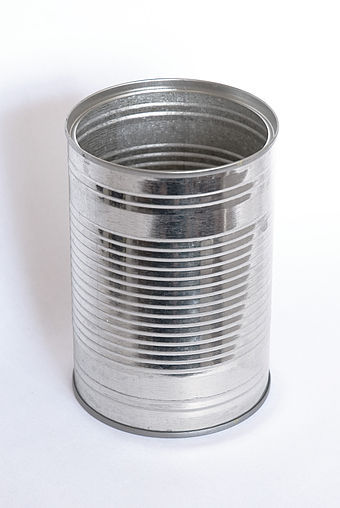#tellurium
Text
Astronomers using NASA's powerful James Webb Space Telescope (JWST) just spotted tellurium, an element rarer than platinum is on Earth, in the aftermath of two dense stellar corpses about 1 billion light-years away. The findings could help researchers better understand the conditions in which precious chemical elements are created in the universe.
"Just over 150 years since Dmitri Mendeleev wrote down the periodic table of elements, we are now finally in the position to start filling in those last blanks of understanding where everything was made, thanks to Webb," study lead author Andrew Levan of Radboud University in the Netherlands and lead author of the study said in a statement.
Continue Reading.
70 notes
·
View notes
Text

Evidence that atomically thin hafnium telluride is an excitonic insulator
The condensation of excitons with non-zero momentum can give rise to so-called charge density waves (CDW). This phenomenon can prompt the transition of materials into a fascinating new quantum phase, known as an excitonic insulator.
Researchers at Shanghai Jiao Tong University and other institutes recently carried out a study exploring the possibility that this metal-insulator transition could occur in the atomically thin semi-metallic HfTe2. Their observations, outlined in Nature Physics, unveiled possible excitonic CDW and metal-insulator transitions in the atomically thin material.
"The formation of CDW in materials has various mechanisms (e.g., Fermi surface nesting, lattice distortions, etc.) and exclusion of other CDW formation mechanisms is the key to identifying the existence of an excitonic insulator," Peng Chen, corresponding author of the paper, told Phys.org.
Read more.
#Materials Science#Science#Hafnium#Tellurium#Insulators#Excitons#Charge density waves#Quantum mechanics#2D materials
18 notes
·
View notes
Text
Discovery Alert! In a new discovery released on October 25, 2023, Webb Telescope Discovers Tellurium, a Rare Cosmic Element from Star Merger. Read full article here

Discover how Webb and a collaboration of telescopes observed an incredibly bright gamma-ray burst, GRB 230307A, and revealed the secrets of a neutron star merger that produced a cosmic explosion called a kilonova. But that's not all! Webb's keen eye also detected the presence of tellurium, an element even rarer on Earth than platinum. 🌌💫
🔍 Unlock the mysteries of the cosmos, learn about neutron star mergers, and dive into the thrilling world of space exploration. 🪙✨
Read the full article here.
Join us on this cosmic journey as we delve into the depths of the universe and unravel its most profound secrets. 🌠🔮 Don't miss out on this awe-inspiring discovery! 🚀 #NASA #WebbTelescope #SpaceExploration #CosmicDiscovery #Astronomy #Tellurium #Kilonova
7 notes
·
View notes
Text
Round 8 - Pnictogens & Chalcogens
#polls#periodic table#chemistry#nitrogen#phosphorus#arsenic#antimony#bismuth#moscovium#oxygen#sulfur#selenium#tellurium#polonium#livermorium
3 notes
·
View notes
Text
Round 1 - Part 2 - Matchup 11
Tellurium vs Vanadium
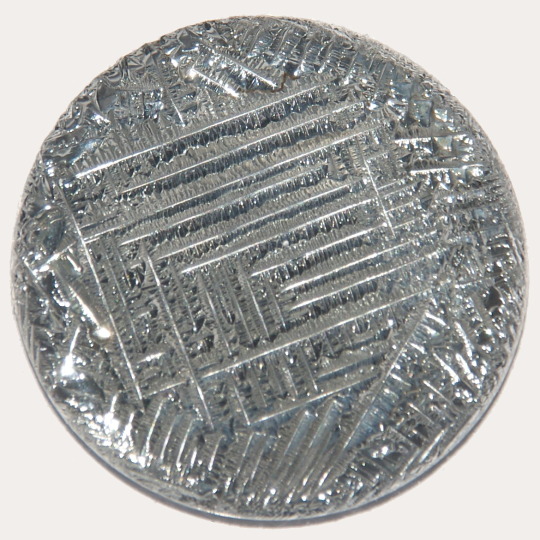

24 notes
·
View notes
Photo
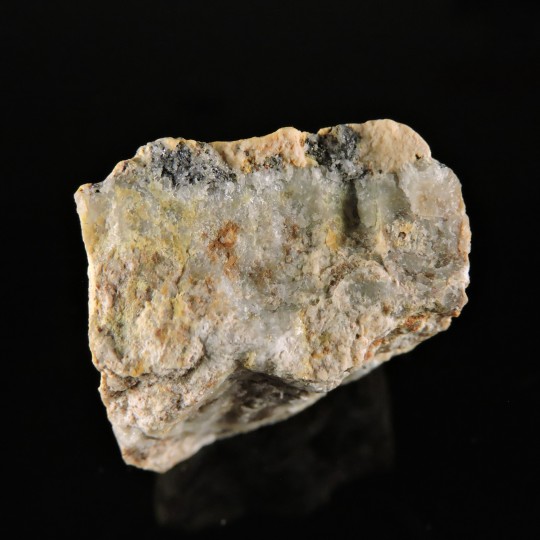


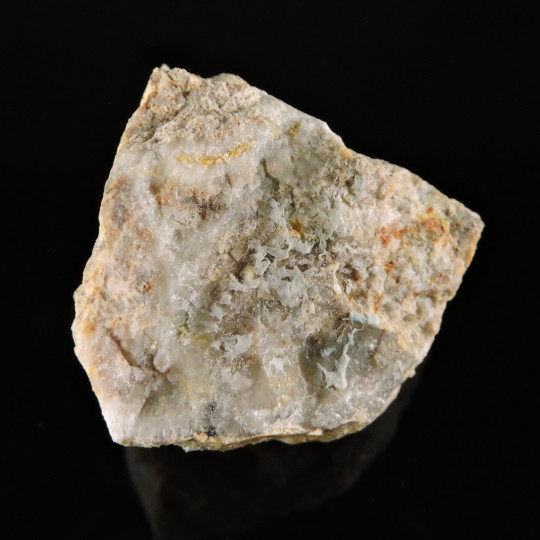
Native Tellurium with Tellurite/Paratellurite in Quartz
Locality: Moctezuma Mine, Moctezuma, Moctezuma Municipality, Sonora, Mexico
#tellurium#tellurite#rock#mineral#quartz#native element#native tellurium#paratellurite#rocks#minerals#fossils#gem#crystal#geology#mineralogy#earth#nature#science#natural beauty
49 notes
·
View notes
Text
METALLOIDS:
ROUND 1 POLL 3
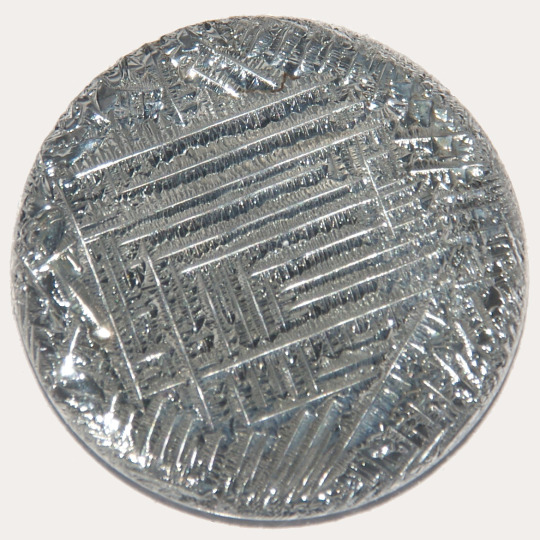

TELLURIUM:
The rarest element in a solid and stable form, even more rare than platinum
POLONIUM:
Glows blue, once described by Marie Curie as "Fairy lights"
#tournament#periodic table of elements#periodic table#element#elements#polls#poll#tellurium#polonium
8 notes
·
View notes
Text

these chemicals are GAY!
#barbie meme#barbie and ken meme#barbie and ken mugshot meme#element cats#furry#furry anthro#art#artists on tumblr#antimony#tellurium#oc#oc ship#ship art#gay
2 notes
·
View notes
Photo
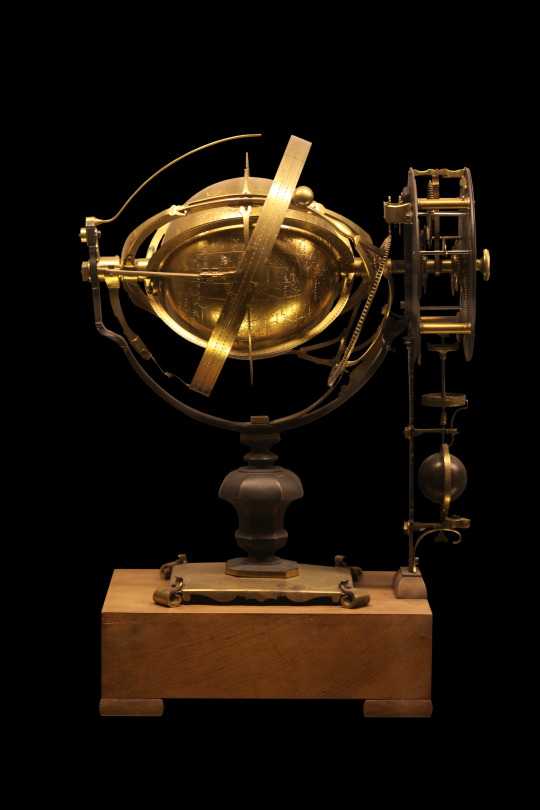
https://en.wikipedia.org/wiki/Tellurion
A tellurion (also spelled tellurian, tellurium, and yet another name is loxocosm), is a clock, typically of French or Swiss origin, surmounted by a mechanism that depicts how day, night, and the seasons are caused by the rotation and orientation of Earth on its axis and its orbit around the Sun. The clock normally also displays the age of the Moon and the four-year (perpetual) calendar.
#tellurion#tellurium#loxocosm#astronomical clock#clock#antique#mechanical#orrery#science#contraption
39 notes
·
View notes
Text

A quick drawing of my two characters According to the lore of my mythical creatures🌎🌕
#my characters#oc art#ocs#humie#tellurium#selen#cute art#cute animals#cute#my lore#my history#my view#my creatures
5 notes
·
View notes
Link
The Space News Podcast. SpaceTime Series 26 Episode 132 *Rare heavy element discovered in stellar collision Astronomers have discovered the rare heavy element tellurium being produced in the kilonova collision of a pair of neutron stars. *Planetary defence mission update The European Space Agency’s Hera spacecraft has arrived at ESA’s ESTEC test centre in the Netherlands as it continues preparations for next October’s launch on its planetary defence mission to the asteroid Didymos and its small moon Dimorphos. *Moscow threatens star wars As Moscow continues its war against Ukraine, the Kremlin is also continuing to ratchet up its threats against the west. *The Science Report Tai Chi could slow the progression of Parkinson's disease. Lead exposure is likely to blame for 5.5 million adult deaths from heart disease, and the loss of 765 million IQ points in kids under five globally every year. Just 20-25 minutes of exercise a day may be enough to offset the heightened risk of death. Skeptics guide to why there are no new ghosts And our regular guest: Tim Mendham from Australian Skeptics Listen to SpaceTime on your favorite podcast app with our universal listen link: https://spacetimewithstuartgary.com/listen and access show links via https://linktr.ee/biteszHQ Additionally, listeners can support the podcast and gain access to bonus content by becoming a SpaceTime crew member through www.bitesz.supercast.com or through premium versions on Spotify and Apple Podcasts. Details on our website at https://spacetimewithstuartgary.com For more SpaceTime and show links: https://linktr.ee/biteszHQ If you love this podcast, please get someone else to listen to. Thank you… To become a SpaceTime supporter and unlock commercial free editions of the show, gain early access and bonus content, please visit https://bitesz.supercast.com/ . Premium version now available via Spotify and Apple Podcasts. For more podcasts visit our HQ at https://bitesz.com
#astronomical#collision#defense#discovery#esa#estec#hera#kilonova#launch#mission#netherlands#neutron#phenomenon#planetary#research#spacecraft#stars#stellar#tellurium#testing
0 notes
Text
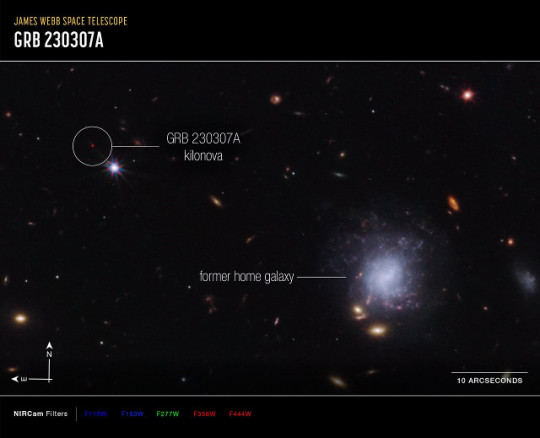
An article published in the journal "Nature" reports the detection of heavy elements including tellurium ejected from a kilonova, the merger between two neutron stars. A team of researchers started from the gamma-ray burst cataloged as GRB 230307A to examine data collected by ground-based and space telescopes which made it possible to identify the characteristics of a kilonova at the origin of that very powerful explosion, which lasted about 200 seconds in the second brightest gamma-ray burst detected so far.
The James Webb Space Telescope made it possible to examine the environment around the kilonova with its NIRCam and NIRSpec instruments, detecting the spectroscopic traces left in the emissions from materials ejected at high speed. For the first time, tellurium, a very rare element on Earth, was detected. Webb also made it possible to ascertain that the pair of neutron stars that merged was ejected from its home galaxy hundreds of millions of years ago.
1 note
·
View note
Text

Team shows how uranium ditelluride continues superconducting even in high magnetic fields
Superconductivity is well understood in so-called "conventional" superconductors. More recent, however, are unconventional superconductors, and it is as yet unclear how they work.
A team from HZDR, together with colleagues from CEA, the Tohoku University in Japan, and the Max Planck Institute for Chemical Physics of Solids, has now explained why a new material continues superconducting even in extremely high magnetic fields—a property that is missing in conventional superconductors. The finding has the potential to enable previously inconceivable technological applications. The study is published in Nature Communications.
"Uranium ditelluride, or UTe2 for short, is a high-flyer among superconducting materials," says Dr. Toni Helm from the Dresden High Magnetic Field Laboratory (HLD) at HZDR. "As discovered in 2019, the compound conducts electricity without loss, however, in a different way than conventional superconductors do."
Read more.
14 notes
·
View notes
Text
Let Tellurium Talk (for skin)
Unlike metal remedies Tellurium (a metalloid) has a deep action, but this deep prolonged action is slow to start. Once it has secured its place in the dynamis it will have a prolonged action (Just like Causticum).
Tellurium has sensitive skin, inviting the most common yet troublesome infections of skin such as fungal. A perfect picture of patient coming to you for fungal infection of skin (such…
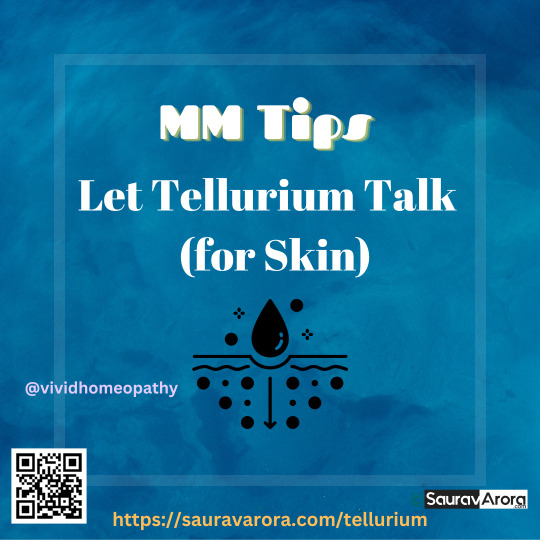
View On WordPress
#homeopathic uses of tellurium#homoeopathy uses tellurium#tellurium#tellurium 30 for ringworm#tellurium dilution#tellurium for skin#tellurium homeopathic medicine#tellurium homeopathy dilution#tellurium uses in homeopathy
0 notes
Text
The Titan of Elements
Promethium (Pm): So, finally in this series, we come to the Titan element, and, yes, it is significant that this element takes its name from the titan Prometheus. It is a highly radioactive metal and is a member of the lanthanides (yes, the elements that ‘lay hidden’, a property shared by Lanthanum, the first in this article). It is no accident that this powerful, but volatile, element is named after the titan who stole fire for mortals’ benefit…and destruction. It reflected the fears felt over its possible misuse by humans and was suggested by Mary Coryell, wife of one of the element’s discoverers, Charles D. Coryell. Humans can use and they can abuse. The name is thus rather aptly applied to a potentially dangerous atomic element.
#classics#education#learning#derivatives#ancient greek#latin language#periodic table#lanthanum#selenium#tellurium#promethium#chalcogen#lanthanides#prometheus#titan
0 notes
